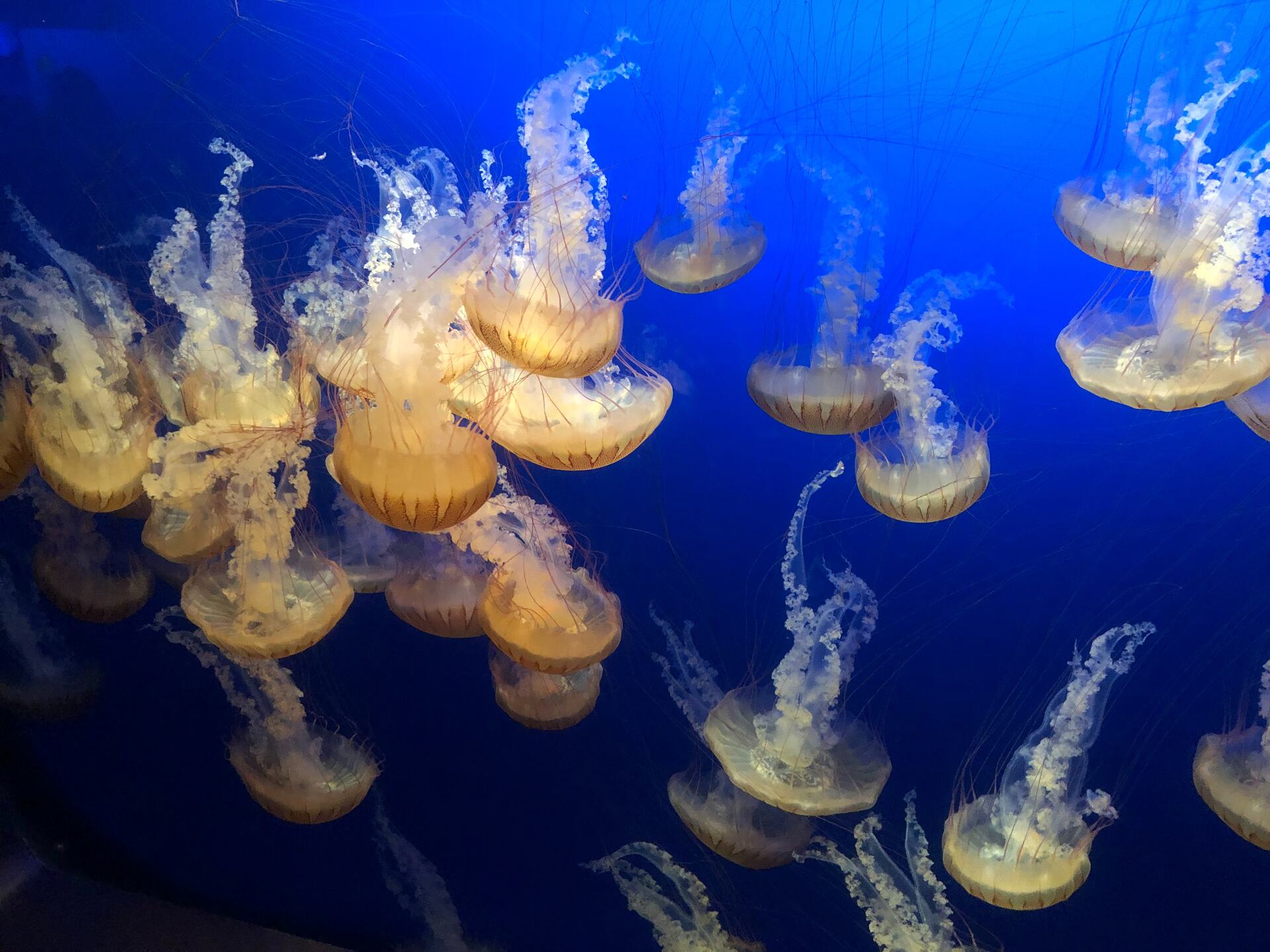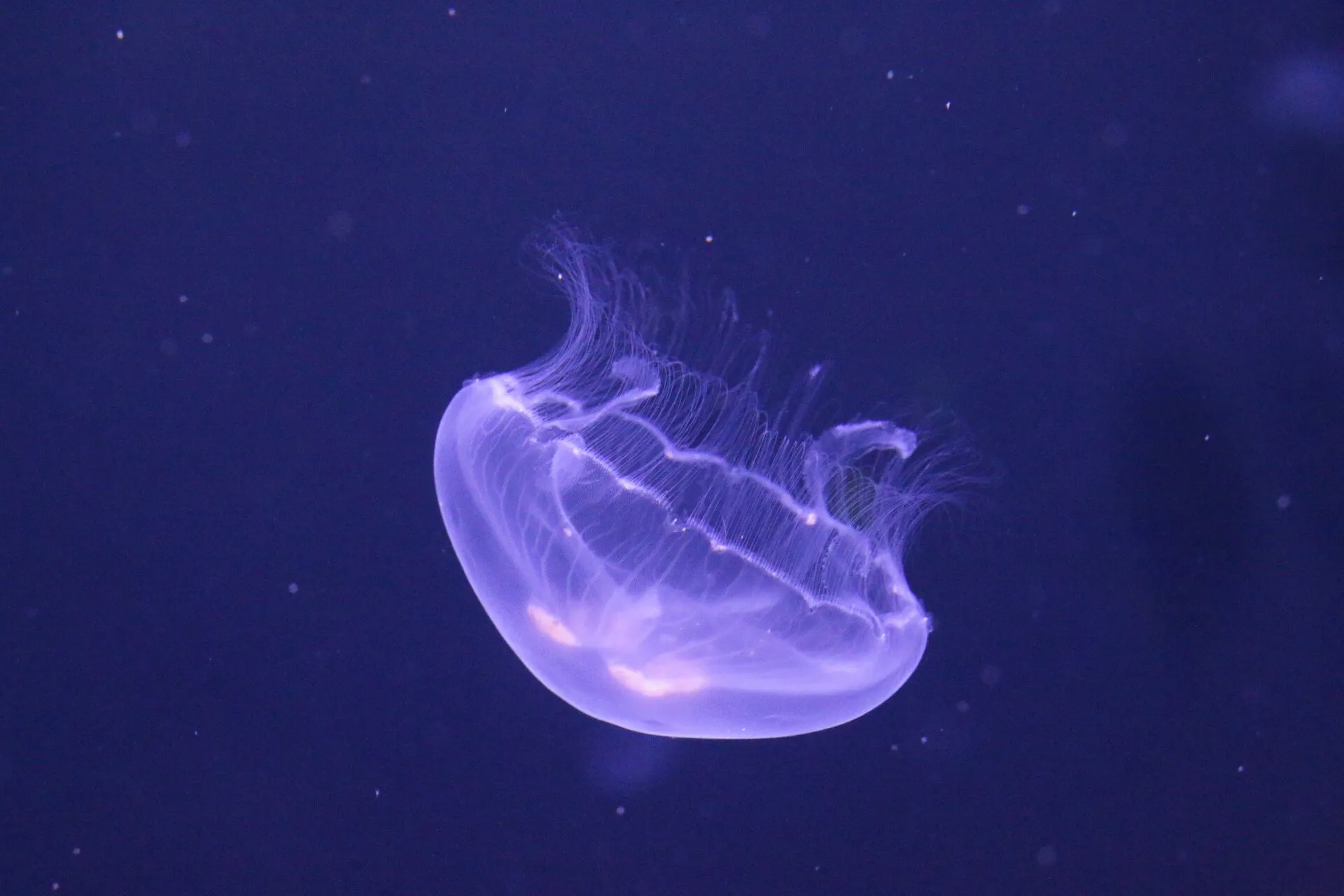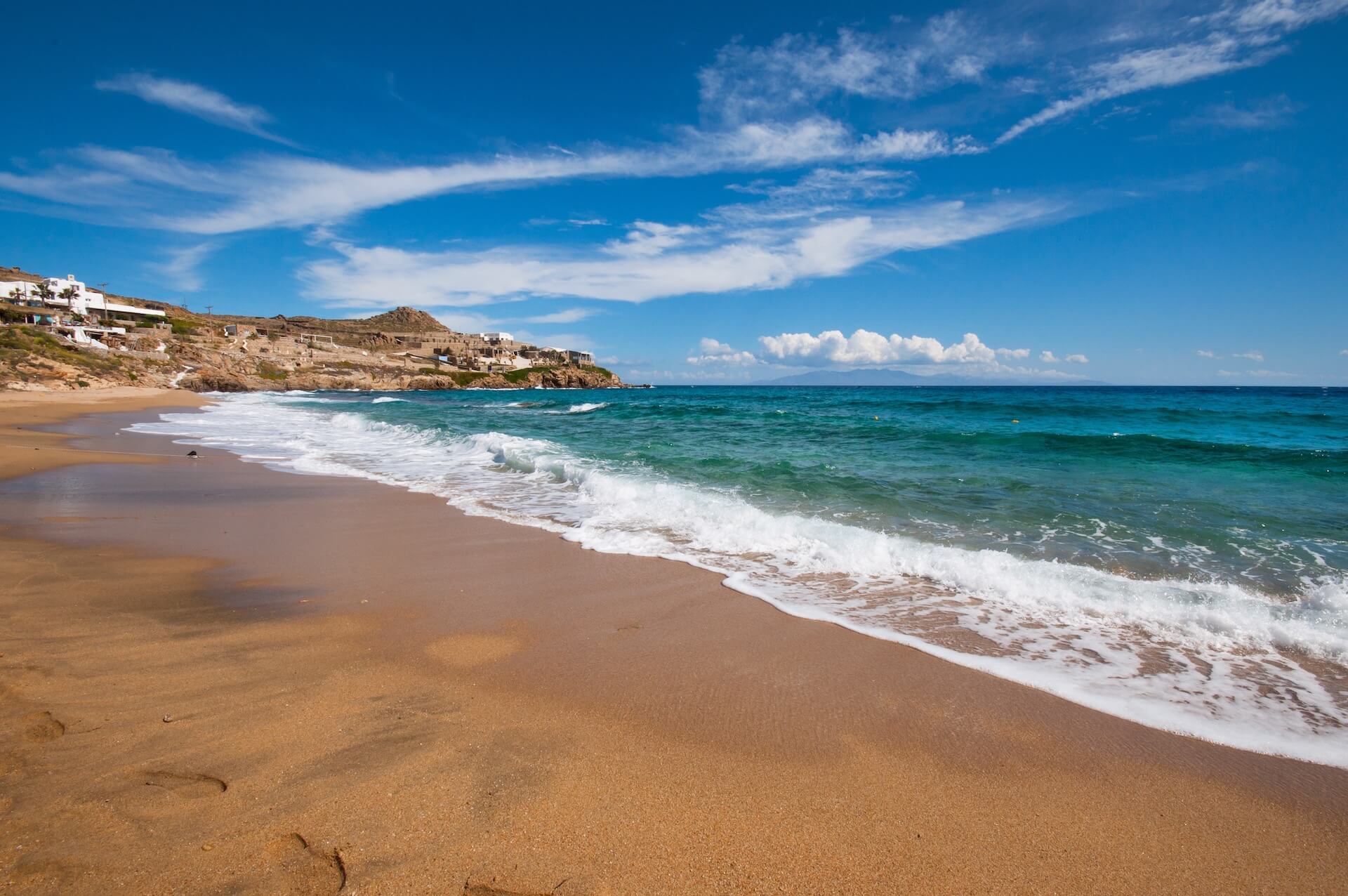The only thing you should be thinking about during your perfect summer vacation is what beach you will go to the next day or what your next drink should be. You shouldn’t worry about potentially getting stung by a jellyfish in Mykonos or other things that could ruin your holiday. So, here is everything you need to know about these powerful little sea creatures, so you can fully enjoy your vacation.
Should You Be on the Lookout for Jellyfish in Mykonos – Are They Commonly Found in Greece?
If you’re someone that has a big fear of shark attacks, big fish, and sea creatures in general, then Greece is the perfect country for your summer vacation, as it’s one of the safest spots in the world for swimming and enjoying the salty water. During the last 170 years, only 15 shark attacks have been recorded, which is a very low number compared to other places.
Various sea creatures aren’t very common in the Aegean Sea, so you shouldn’t expect to see medusas while swimming at some of the best beaches on The Island of the Winds. They appear sporadically. As long as you stay close to the shore, you shouldn’t worry about it for a second, so don’t hesitate to book that luxury Mykonos villa rental you’ve been eying.
Should You Be Worried About Your Safety During Your Vacation in Greece, or Are Mykonos Jellyfish Harmless?
The Aegean Sea is not only beautiful, clear, and the perfect temperature for swimming in Greece, but it’s also extremely safe. One of the reasons why Greece and the Greek islands are the go-to summer destination is the fact that you don’t have to worry about anything happening to you or biting you while you’re enjoying your swim.
Even jellyfish stings are quite rare, and even though they happen occasionally, they’re never too serious or harmful. If you think that all the loud music and the noise from the island’s legendary nightlife have scared off any sea creatures from coming near – you’re right, medusas aren’t a common occurrence on the island.

Chances of running into a jellyfish while swimming are not so high
What Should You Do in Case You Get Stung by a Jellyfish?
If you happen to be one of the very few people that got stung by a jelly during your stay in Mykonos, the first thing you should do is not panic. There are no extremely dangerous or poisonous jellies in that area, so even though you will be in a lot of pain, there is no need to worry about any serious damage.
However, symptoms of the sting can get quite uncomfortable, so you should treat it as quickly as possible and try to stop yourself from scratching or irritating the area furthermore. A scene from the iconic show Friends might cross your mind, but you should know that there are other ways to deal with a medusa sting than peeing on yourself.
For starters, you should take a pair of tweezers and remove any remaining visible tentacles. If the burning sensation is really strong, you can try rinsing the area around the sting with some vinegar for around a minute. Also, soaking the area in hot water for 15-20 minutes also helps a lot. Once the initial reaction has subsided, you can apply the ointment or hydrocortisone cream a couple of times daily.
How Long Do Symptoms of Getting Stung By a Medusa Last?
Even though it’s not very dangerous in this part of the world, getting stung by a medusa while enjoying your holiday is no joke. Some say it’s the worst and most intense pain they have ever experienced. Besides some pain, you will also get some redness around the area of the sting, as well as lots of itchiness, tingling, and numbness.
It’s not a pleasant experience, but the silver lining is that the pain should last no longer than one or two hours. After that, you might feel a burning or tingling sensation, and other symptoms, such as redness and itchiness, can last up to a few weeks.

Rinsing the area with vinegar can help relieve the pain
What Kind of Jellies Can Most Commonly Be Found in the Waters of the Aegean Sea?
The good news is that all the jellies found on some of the beaches in Greece are quite harmless, and this sunny country is one of the safest places in the world if you don’t want to get stung. But accidents do happen, so here are the most commonly found types of medusas you should know about.
The Purple Medusa – Pelagia Noctiluca
This stunning creature is quite easy to spot not only due to its distinctive purple color but also due to the fact that it glows at night. It’s a small and beautiful creature that grows only up to 6 centimeters. However, the sting of the purple medusa is incredibly strong and painful.
The Moon Jellyfish – Aurelia Aurita
This glass-like flat medusa is the most common medusa found in Greek waters. It’s difficult to spot it in the water as it’s mostly see-through and not very large. Its sting is harmless, and most people don’t even feel any pain.
The Strange Looking Fried Egg Jelly – Cotylorhiza Tuberculata
The fried egg jelly got its name because of its strange and easily recognizable looks – it looks like a fried egg when you look at it from above. Underneath, it’s a brown-yellow color, and it can grow up to 40 centimeters. It’s not dangerous, and locals also call it the Mediterranean medusa.

Moon medusas are the most common in Greece
What Months Are the Worst When It Comes to the Amount of Jellies in the Water?
Jellies are sea creatures that are the most active during August and September, as they like warm water. However, there isn’t really a medusa season in Greece as there aren’t that many jellies to keep track of.
Are There Some Beaches on The Island of the Winds That Are Known for Having Lots of Jellies?
Mykonos is known for many things – the best restaurants in the world, gorgeous scenery, great Greek food, and fun clubs, but medusas aren’t one of them. Because they are very rare on the island’s beaches, there is no beach that is potentially more dangerous than others. All are equally as beautiful and safe. So go and enjoy golden sand and crystal clear blue waters without a care in the world.

All beaches on the island are equally beautiful and safe
Don’t Let Fear of Jellyfish in Mykonos Ruin Your Perfect Greek Summer Holiday – Book One of the Mykonos Villas for Rental
While it’s normal to worry within reason, you shouldn’t let fear of getting stung by jellies ruin your summer vacation in one of the world’s most popular destinations. Staying on The Island of the Winds is very safe when it comes to medusas and other sea creatures, so you can relax and enjoy the beauty of the island – don’t miss out on beautiful hidden gems because you’re preoccupied with fear.
Visiting Mykonos is the safest option for your summer holiday, so spoil yourself with some luxury by looking into private villas in Mykonos. Simply contact The Ace VIP and book one of the Mykonos luxury villas for your stay. They all come with a Mykonos concierge that will be at your disposal anytime you need something, and you can rent a car if you feel like exploring the island and all the wonderful attractions. Another great option if you really want to treat yourself to a unique experience would be to get a Mykonos yacht rental and explore the Aegean Sea from a lavish boat without the possibility of getting stung by a jellyfish.






